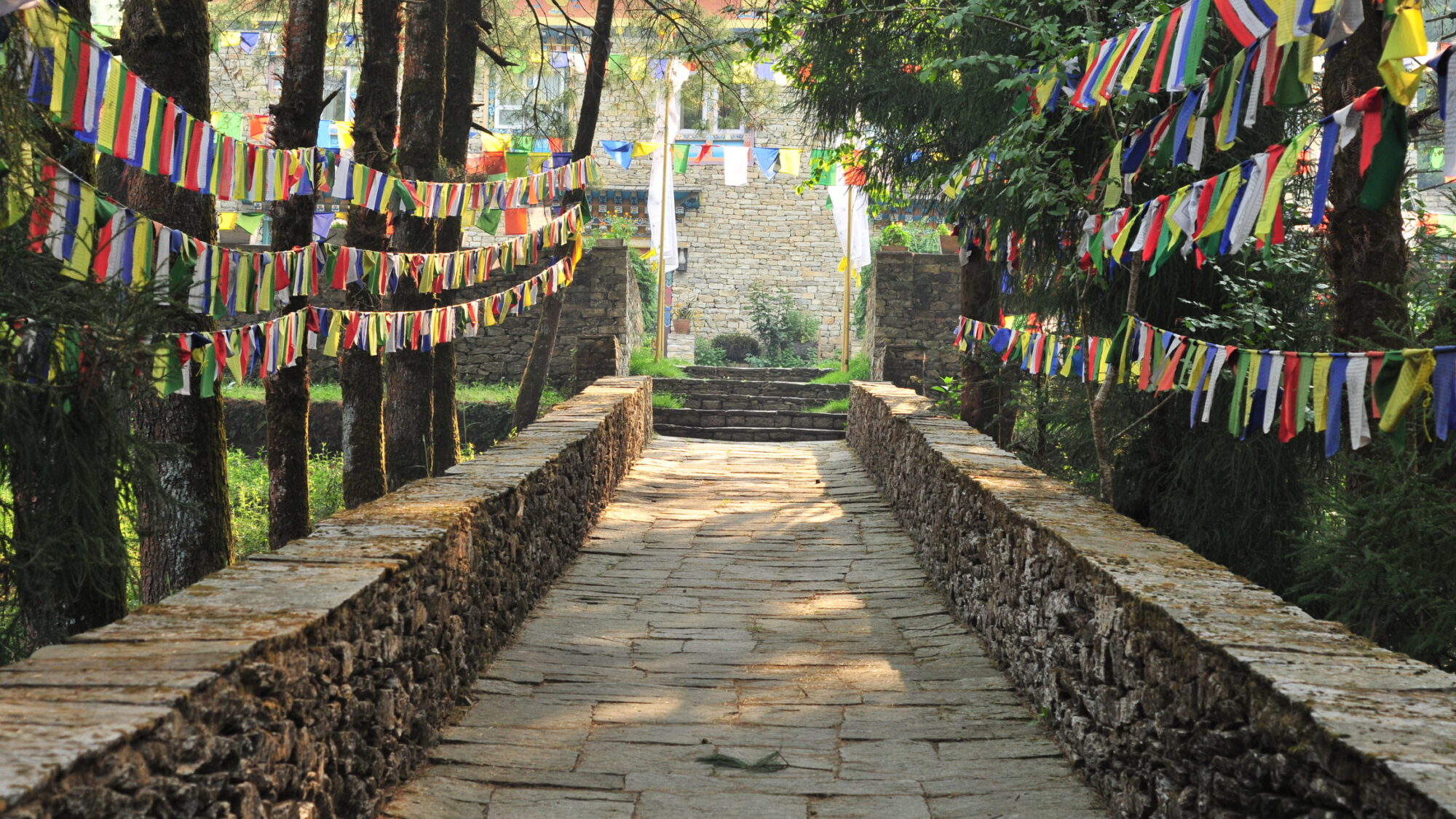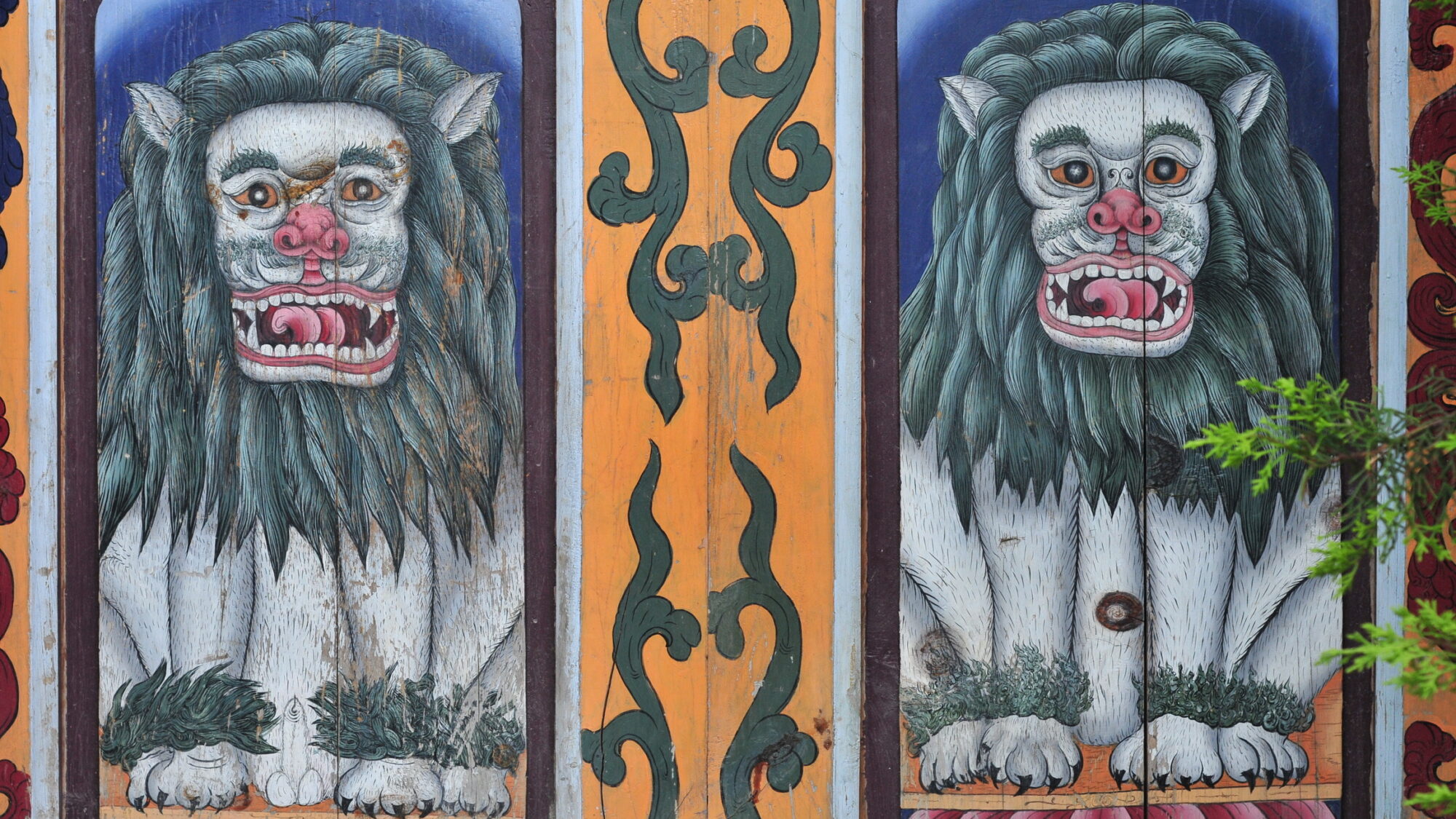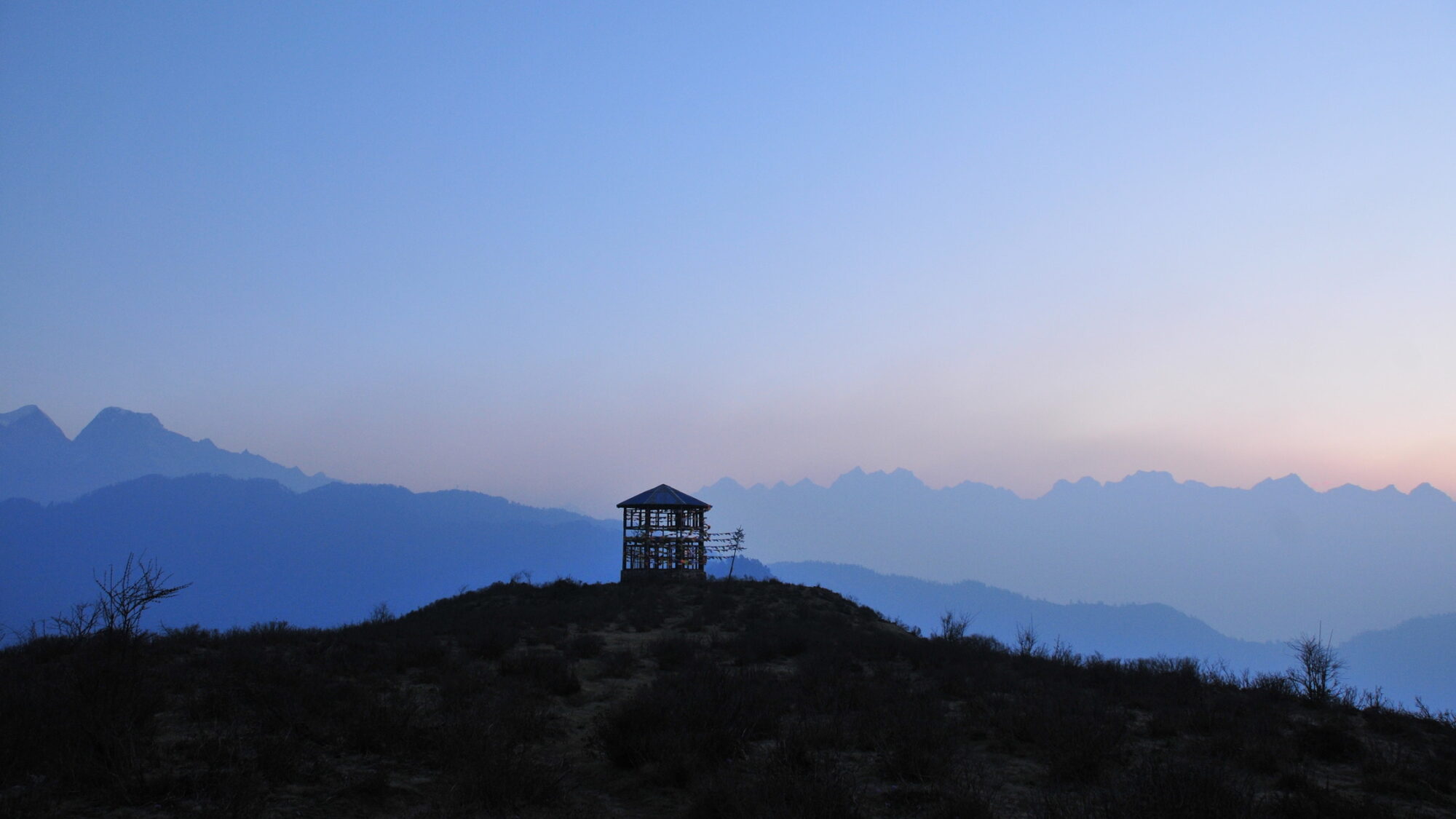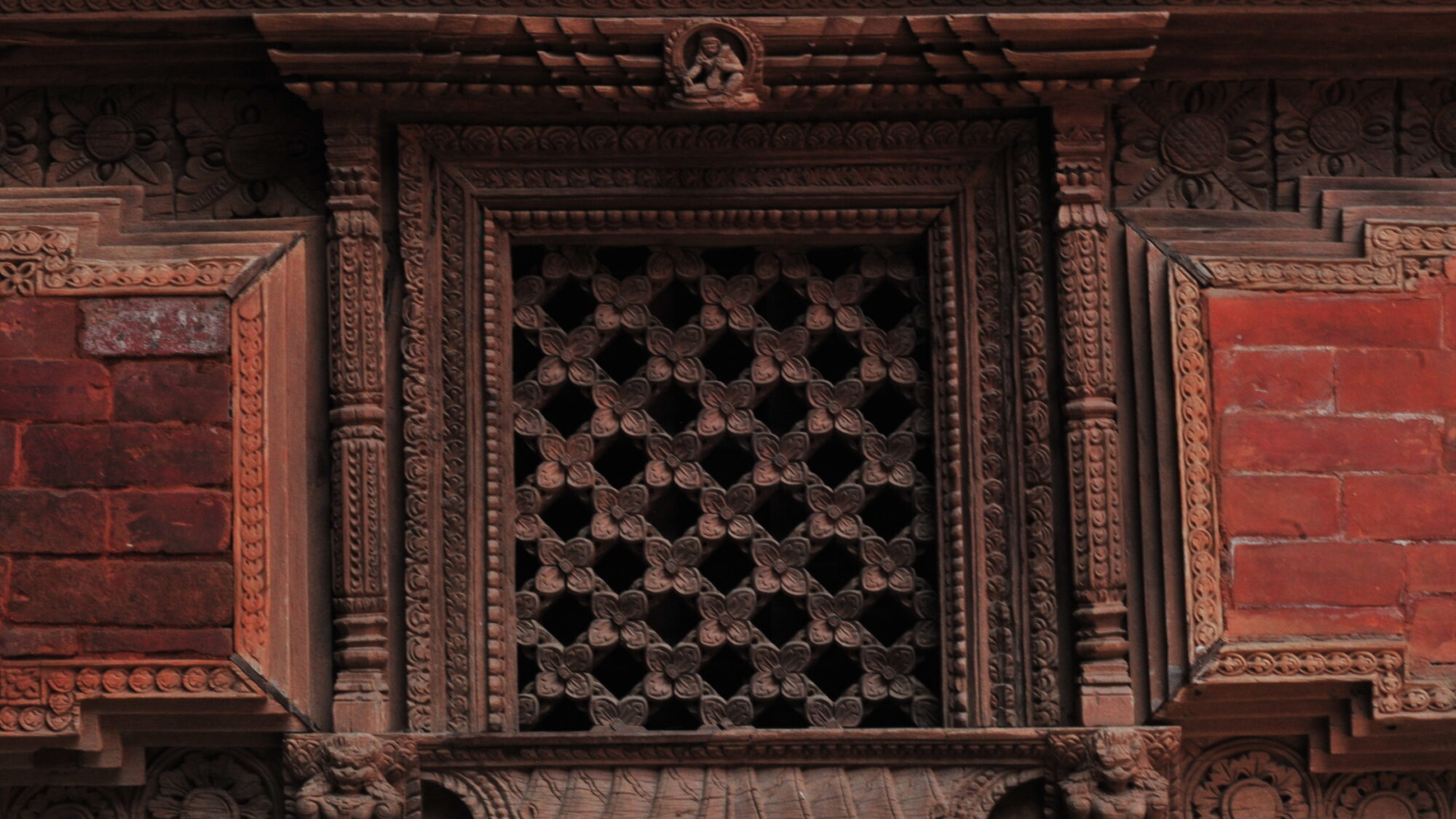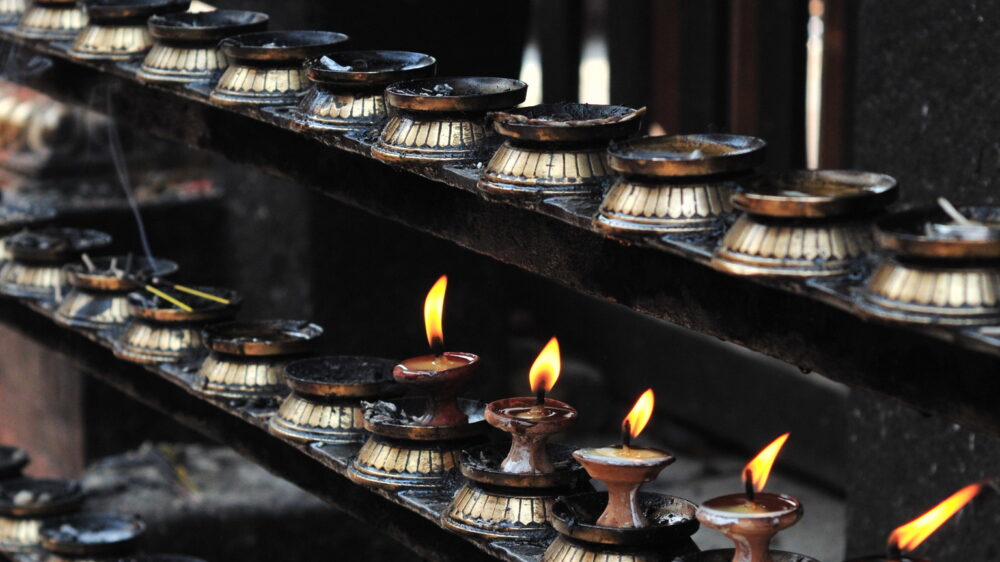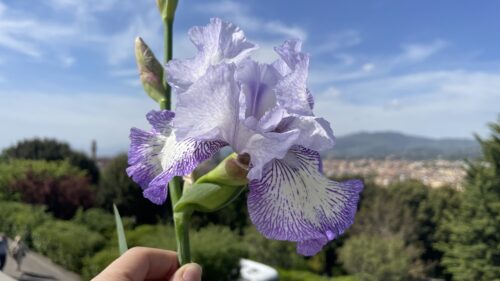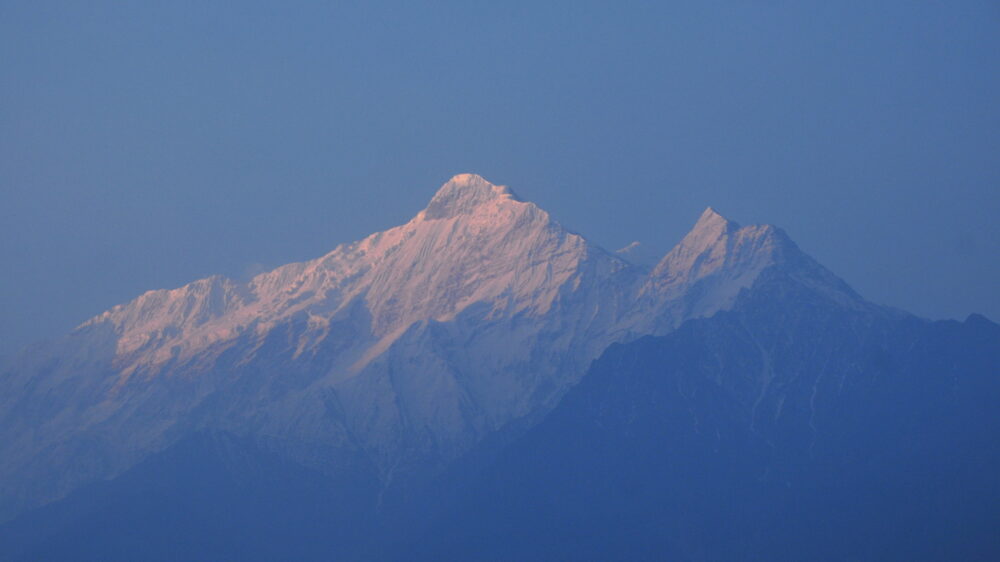Equation of Time
Kathmandu! Say it out loud. Feel it roll and fall out of one’s mouth like a pebble down some glacial river. The sounds of named things in Nepal; Dwarika’s, Phaplu, Lo Manthang. I can’t stop saying these words, whispering them to myself in a jet lagged state, over and over like a madman tourist. I have been here for a few days now but still feel the effects of traveling too fast over oceans and carefully plotted out time zones. There is something in the landscape, in the place, energy pent up from continental plates smashing into each other, sheets of the earth’s crust, weather patterns, cultures and religions all pushed up against a wall of mountains. The gravity of the Himalaya is greater than most places on our planet, and I mean that in a very literal, scientific sense. Gravity, we are finding, is not equal across landscapes. Since 2002 NASA has been mapping Earth’s particular gravitational regions with satellites, and in 2012 released a map of the Earth’s topographic gravities. There are anomalies near dense mass objects like large mountain chains. Nepal pulls at you a little more than most other places.
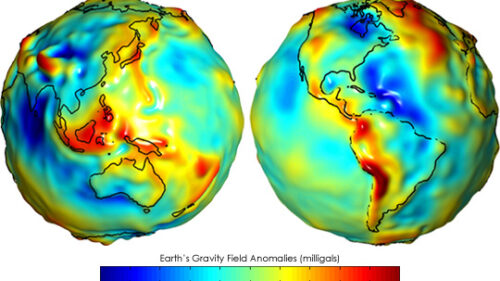
In the Kathmandu valley there are gods wrought into one another from a cacophony of religious histories and heavy landscape. Island countries feel magnification of landscape, in places like Ireland or New Zealand the scale is different from places like Canada or China. In Canada there is a pressure pushing south from the magnitude of wilderness in the ever present idea of the North, and the political boundary of the USA border in the south, a pressure of a certain culture on a certain latitude. But here, in Nepal, the landscape and scale is vertical and geological, even the weather can’t escape as the heat and humidity of the Indian Ocean travels upward to the hills then the mountains to be trapped in an annual monsoon.
The morphing and mixing of early histories in the Kathmandu valley contradict and flow like an opera. Time lines are scattered, Gods and shamans die off and then appear later without explanation, shrines origin stories are multiplicities and are attributed to opposing spirits; Hindi, Buddhist, Bon. This is time through belief and myth as opposed to scientific time being doled in a set pulse.
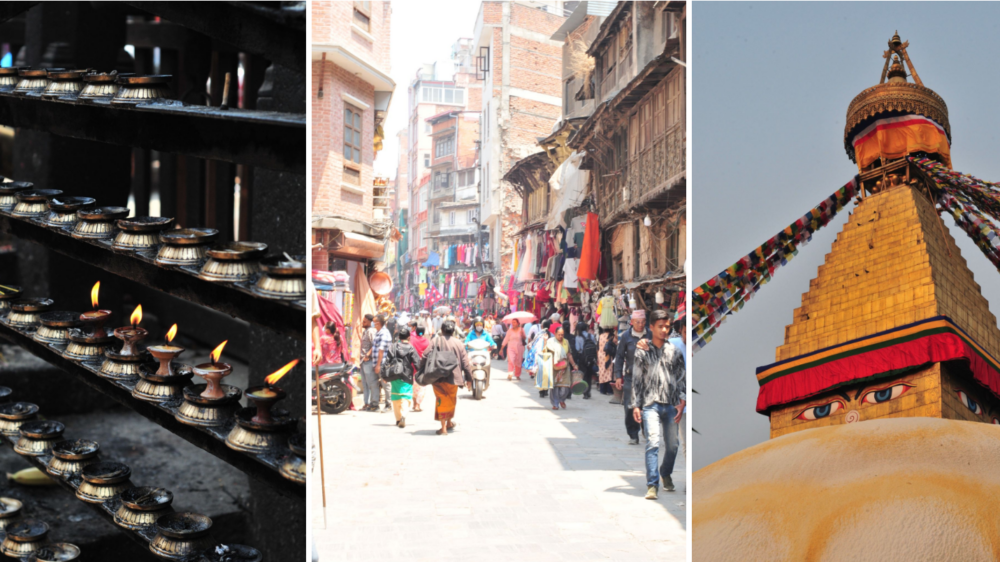
Our idea of place, time, gravity, geology are not locked into some known metric. There are theories, and many of them new, that were taught to us as fact but turned out to be much more complex. Plate tectonics were not understood or accepted as rote until the mid 1960’s, it is a new science. Our understanding of gravity shifted as well in the early 1900’s with the birth of quantum mechanics and an understanding of something the poets have known for thousands of years; that the makeup of our world is full of contradictions.
Time is in flux, the idea of ticking along at a set rate is something imposed, like the Gregorian calendar, on a world that just doesn’t function in the way we assume. We know our calendars don’t function correctly and we see this with the role of a leap year, left over time that our charts mess up, recalibrated every few years. Our 24 hours in a day, 60 minutes in an hour is based on the average speed of time throughout a year, like calculating the average speed of a road trip. But time moves slow in some seasons and fast in others, based on solar measurements and distances, axis shifts and the motion of the Earth. You can see the measured mean time vs the actual solar time in the famous chart below (solar time being the wavy line). This is not a new idea, the difference between the two times has been known by astronomers since antiquity, and the apparent solar time (the one that moves and ebbs) was used as the standard measurement up until the 19th century through things like sundials. In the 19th century we began to build clocks and watches and Greenwich Mean Time was set. We inherently feel the ebb of time in the distinction of seasons. Solar time slows down in January, February, and March, and speeds up September and October.
Solar time is represented with the pink line, Mean time by the graph.
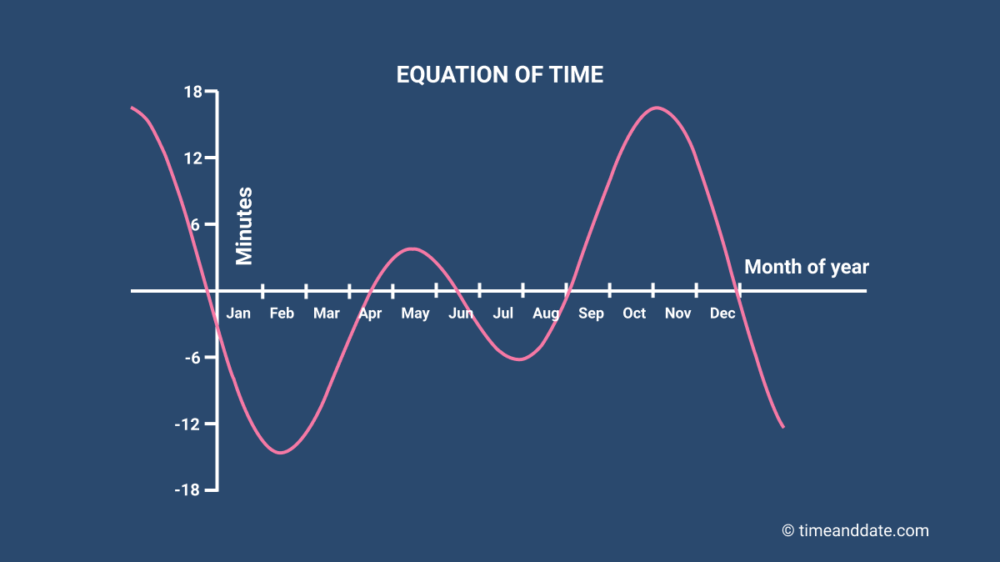
It’s late April (time) in the Himalayas (place) and I am in a jetlagged smorgasbord state of heavy fast time.
Along with quantum mechanics came the idea of Spacetime, the necessary relation of space and time and how these two parts of one whole effect each other. A science based on the idea that place affects time and vice versa. We have all felt this in places like summer camp as a child where the days feel like weeks, in long haul flights where time seems to slow, in long weekends that feel like months or that zip past in a frenzy, and the fast pace hour spent when having fun. Not all minutes are equal.
This is no psychological effect, this is time morphing, and there are ways to be deliberate about it, to maneuver through it and mistakes to avoid.
We feel one way not to do it, when we experience jet lag. It is the physical presentation of moving too fast through space and time. It hurts and is a lesson in slowing down. The old walkers of the world say the human mind works best around 3 miles an hour, the pace of a walk. Zipping through the lower stratosphere we are unable to know where and when we are, we are detached, floating in between, and it takes some time to reorient when we come back to place. Sacred landscapes, a connection to place, these are the opposite of jetlag
There are ephemeral regions of the Himalayan world called beyul (hidden lands), valleys, caves, places to corden, which can be discovered at a certain hour, in a certain light, and if approached in a certain way. Time and space. It is just as much a journey inward as outward, and some believe that if you achieve both, you are promised utopian dreams and lush lands, enlightenment. (Through this came the myth of Shangri-La.) Not only that but many of the rules of life are able to be broken in a beyul, it is unhinged from the moral and the mortal.
Sacred landscapes are places where you can feel spacetime jitter. Something changes when you are standing next to Victoria Falls or within the grounds of Machu Picchu. The landscape is drastically different from a Walmart Parking lot, and space and time flow in another way. The minutes stretch longer. I think we recognize this and express it accidentally through art and architecture, in music and food. Monet’s Water Lilies seem to slow time, or the Eiffel Tower (at least the line to go up it certainly slows time), or a 3 hour lunch al fresco on a Spring day. This can’t have been a secret in the architectures of the cathedrals and palaces, it must be calculated into the archways and known by the artists, at least subconsciously, spinning in infinities.
From Kathmandu I fly in a small twin otter plane to Phaplu, a village in the Solu Khumbu District in the Everest region. The southern part of a great valley that has mount Everest as its northern terminus. It is the old approach trail the climbers would use to get to the big peaks, also the region the Sherpa people came to from Tibet in the 16th century. It is evergreen, lush thick side valleys and religious zones, thus into beyul. Here I am of place and time and I walk. I am a time stretcher, carefully threading out measurements of moments like the portioned days of the buddhist monasteries close by. Pitfalls exist and are to be avoided, as those things pull time and space out and you. My days here are spent as a guest of the Happy House, a place that prioritizes long minutes and slower time. It is a home, not a hotel, but it houses travelers and is very special. It is palatial but not a palace, approachable and warm and comforting. It is a chalet and allows for long afternoons spent outside, with a book or a gin, it is like a worn leather chesterfield, perfectly portioned. The place was built by Ang Tawa Lama, the grandson of the founder of the village, and the italian climber Count Guido Monzino in the 1970’s. It housed Edmund Hillary and family when he was organizing the Himalayan Trust, and is owned and run by my friend Ang Tshering Lama, grandson of Ang Tawa Lama.
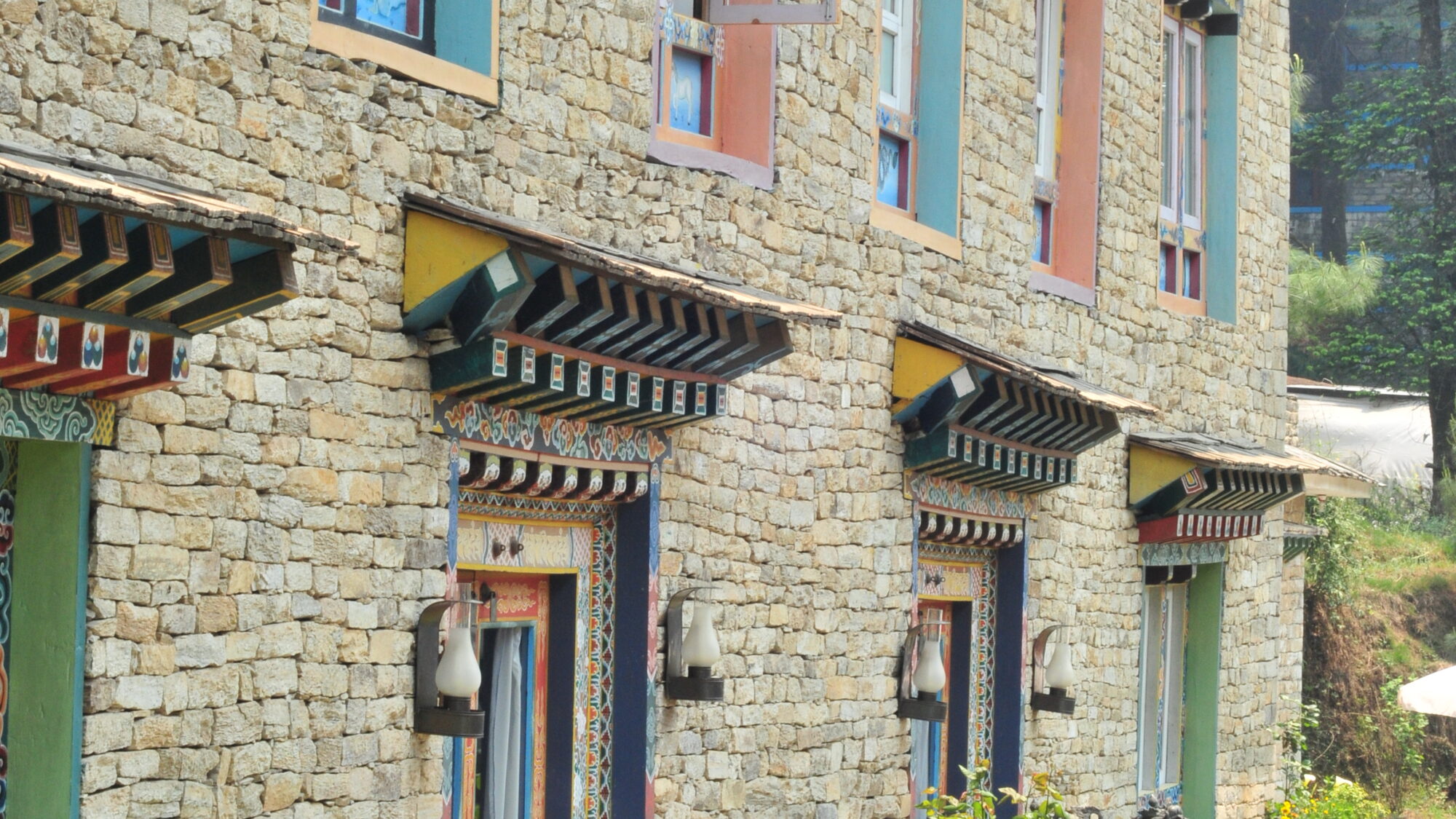
From the Happy house I go up a side valley from Phaplu to the village of Jubesi, an area religiously considered an official beyul and revered as the first place the Sherpa community came when fleeing Tibet in the 16th century. It is the home of Thubten Chöling monastery and the 32nd reincarnation of Trulshik Rinpoche, now a 9 year old boy, whom I meet and talk with. He is known as the Lord of the Dance and the Destroyer of Illusions, his original spirit having attained enlightenment in Tibet many years ago. There is a stir in the valley as there has been talk of a tiger sighting close by the past couple of days. One of the sherpas climbed a tree to avoid the tiger after crossing its path and had to perch tight for an hour while it passed by. It is a sacred landscape, and whether or not you believe you can feel it is special, it is comfortable, and it is perfectly portioned to be lived in, slowly.
I think that this is part of what we lust for in a journey, in travel, at least in part, the stretching of time and the richness of minutes. We are in new places that set our senses on fire and we are aware in a different way than in our routines and rhythms of home. I think this is something we can be more deliberate about when we travel, something that can help ward off the want to fill days with running around trying to see everything. For too long travel was taken as a consumption of place, a way to collect experiences, the 7 wonders of the world, the grand tour. You can hear the result of this impulse and trend when places are talked about in terms like “did”, as in we did or we’ve done Peru. A series of passing through. There is a push to slow this down, to not do or did or done; to stop chasing the “must sees” and instead, to be of space and of time, thus into beyul.
